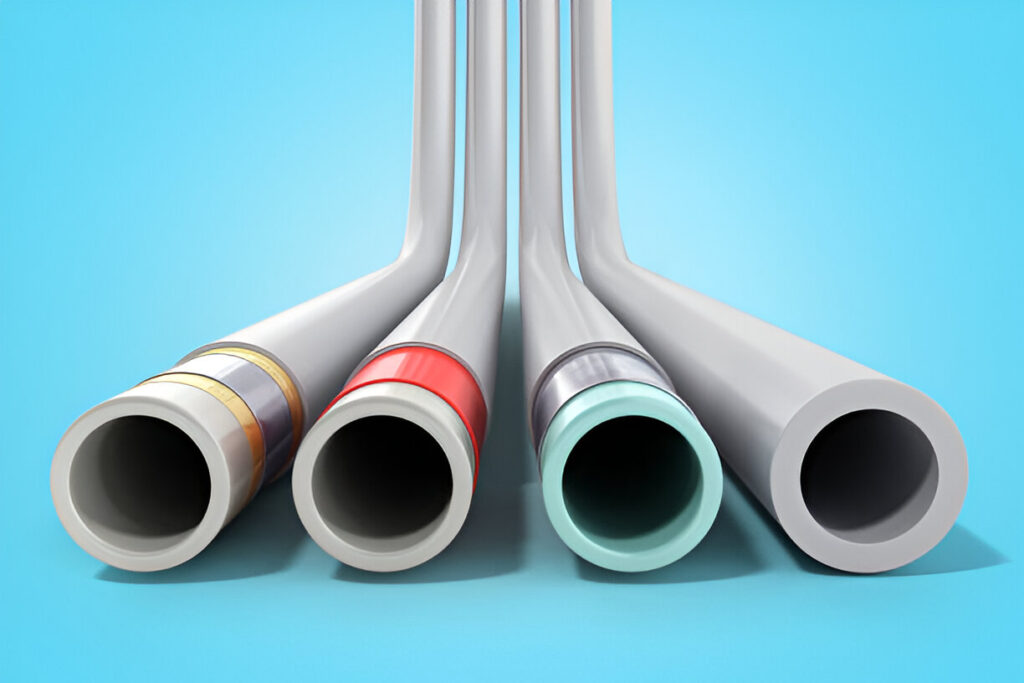When it comes to fixing damaged or blocked pipes, Australian property owners often have questions about pricing. Understanding pipe relining cost can help you make informed decisions and avoid unexpected expenses. Modern trenchless technology has revolutionized pipe repairs, offering long-lasting solutions without the mess of traditional excavation—but what does it actually cost, and what factors influence the price?
What Is Pipe Relining?
Pipe relining is a trenchless plumbing technique that repairs damaged pipes from the inside. A flexible liner coated with resin is inserted into the existing pipe and cured to create a durable new pipe within the old one. This method avoids digging up your garden, driveway, or flooring, making it a faster, cleaner, and more efficient solution than traditional pipe replacement.
Factors That Influence Pipe Relining Cost
Several factors determine the overall cost of pipe relining for Australian properties:
1. Pipe Length and Diameter
The size and length of the pipe to be relined directly impact material and labour costs. Longer or wider pipes require more resin and extended installation time.
2. Extent of Damage
Severe cracks, corrosion, or root intrusion may increase the cost, as additional preparation or repairs may be needed before relining.
3. Accessibility
Easier access to pipes reduces labour time, whereas pipes under concrete slabs, driveways, or difficult-to-reach locations may increase the overall expense.
4. Property Type
Residential, commercial, or industrial properties may have different pipe layouts and regulations, which can influence pricing.
5. Additional Services
Some projects may require CCTV inspections, cleaning, or minor repairs prior to relining. While these add to the upfront cost, they ensure a more accurate and long-lasting solution.
Typical Pipe Relining Costs in Australia
While costs vary depending on the factors above, here’s a general guideline:
- Small residential pipes (up to 10 meters): $1,500 – $3,000
- Medium residential pipes (10–20 meters): $3,000 – $5,500
- Large or commercial pipes: $5,500 – $10,000+
It’s important to note that these are ballpark figures. A professional plumber can provide an accurate quote after inspecting your property.
Why Pipe Relining Is Worth the Investment
Though the initial cost may seem higher than temporary fixes, pipe relining is a long-term solution with several advantages:
- Durability – Relined pipes can last 50 years or more.
- Minimal Disruption – No need to dig up gardens, driveways, or floors.
- Faster Repairs – Many jobs are completed in a single day.
- Cost Savings Over Time – Reduced maintenance and prevention of future damage.
In the long run, pipe relining often saves both money and stress compared to repeated traditional repairs.
How to Ensure You’re Getting a Fair Price
To get the best value, Australian property owners should:
- Request multiple quotes from licensed professionals
- Check reviews and testimonials
- Ask about included services (CCTV inspections, cleaning, warranties)
- Confirm warranty coverage for the relined pipes
Transparent pricing and clear communication from your plumber ensure no unexpected surprises.
Final Thoughts
Understanding pipe relining cost helps homeowners and property managers make informed decisions about their plumbing needs. While prices vary depending on pipe size, damage, and property type, trenchless relining provides a reliable, durable, and minimally disruptive solution for Australian properties.
Investing in quality pipe relining today means fewer headaches tomorrow, protecting both your home and your wallet for years to come.



